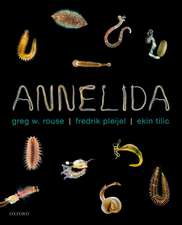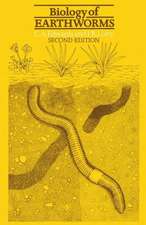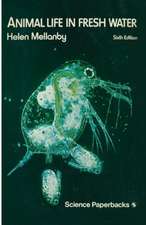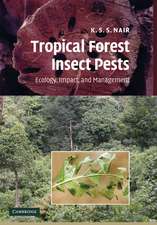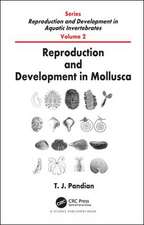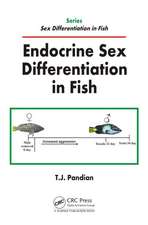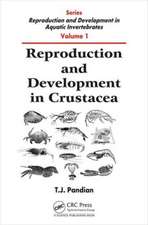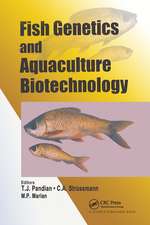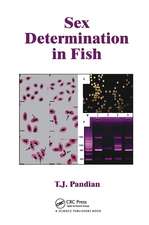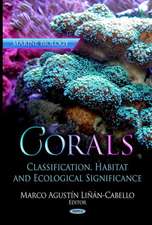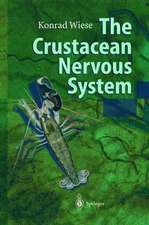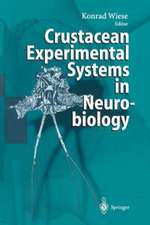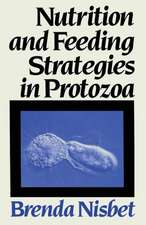Reproduction and Development in Echinodermata and Prochordata: Reproduction and Development in Aquatic Invertebrates
Autor T. J. Pandianen Limba Engleză Paperback – 31 mar 2021
| Toate formatele și edițiile | Preț | Express |
|---|---|---|
| Paperback (1) | 434.41 lei 6-8 săpt. | |
| CRC Press – 31 mar 2021 | 434.41 lei 6-8 săpt. | |
| Hardback (1) | 1274.92 lei 6-8 săpt. | |
| CRC Press – 5 apr 2018 | 1274.92 lei 6-8 săpt. |
Preț: 434.41 lei
Nou
Puncte Express: 652
Preț estimativ în valută:
83.13€ • 88.89$ • 69.31£
83.13€ • 88.89$ • 69.31£
Carte tipărită la comandă
Livrare economică 18 aprilie-02 mai
Preluare comenzi: 021 569.72.76
Specificații
ISBN-13: 9780367781347
ISBN-10: 0367781344
Pagini: 286
Dimensiuni: 156 x 234 x 15 mm
Greutate: 0.41 kg
Ediția:1
Editura: CRC Press
Colecția CRC Press
Seria Reproduction and Development in Aquatic Invertebrates
Locul publicării:Boca Raton, United States
ISBN-10: 0367781344
Pagini: 286
Dimensiuni: 156 x 234 x 15 mm
Greutate: 0.41 kg
Ediția:1
Editura: CRC Press
Colecția CRC Press
Seria Reproduction and Development in Aquatic Invertebrates
Locul publicării:Boca Raton, United States
Cuprins
NON-CHORDATE-DEUTEROSOMIA. ECHINODERMATA. Introduction. Fisheries and Aquaculture. Sexual Reproduction. Asexual Reproduction. Regeneration. Sex Determination. Sex Differentiation. HEMICHORDATA. Reproductive Biology. CHORDATE DEUTEROSTOMIA. Cephalochordata. Urochordata. New Findings and Highlights. References.
Descriere
This book discusses the sexual and asexual modes of reproduction of solitary echinoderms, colonial hemichordates, and ascidians. It focuses on the study of the primordial and embryonic stem cells found in echinoderms as early models for gene therapy in vertebrates.







